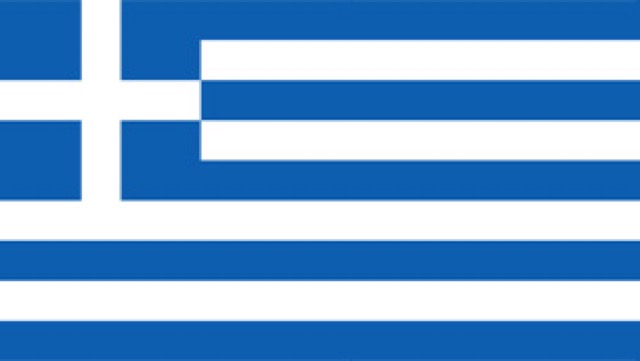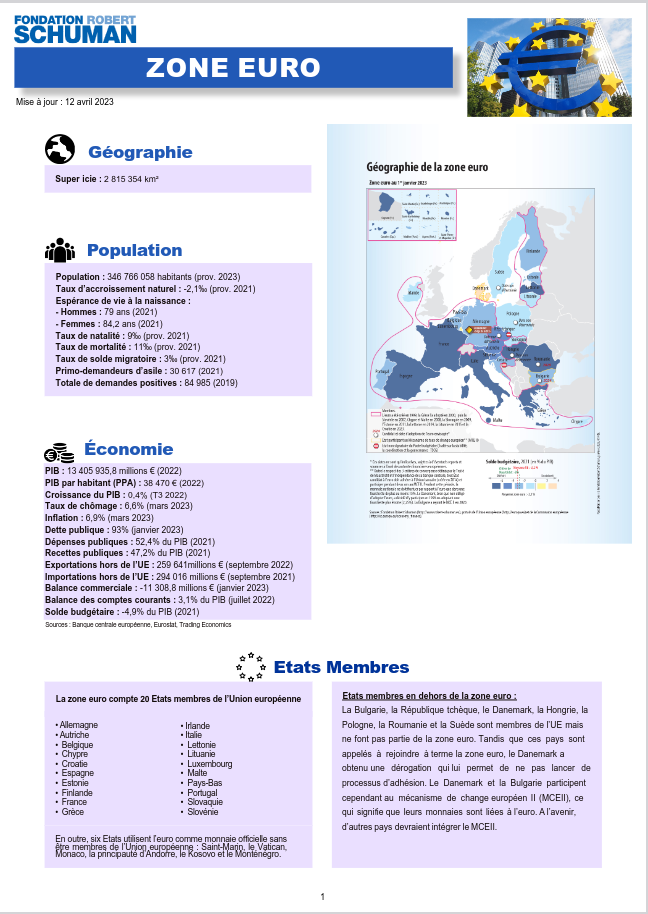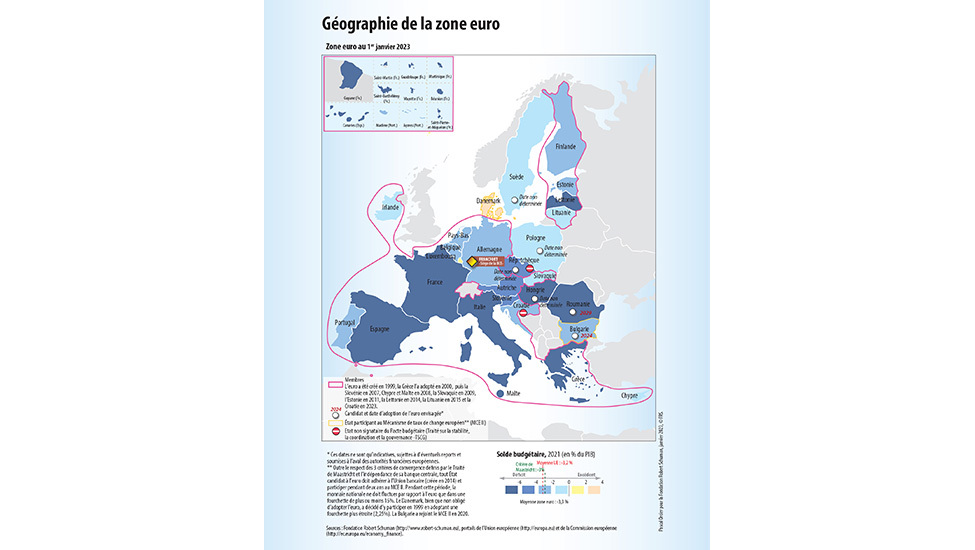
Geography
Area : 2,815,354 km²
Borders : null
Flag
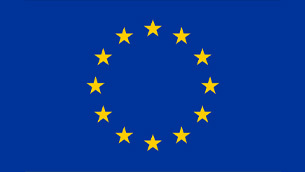
Population
Population : 349,616,346 (2023)
Crude natural change rate : -2.6‰ (2022)
Crude net migration rate: 10.9‰ (2022)
First time asylum applicants: 30,617 (2021)
Life expectancy: men 79.1 years, women 84.1 years (2022)
Birth rate: 8,7‰ (2022)
Death rate: 8,7‰ (2022)
Total positive applications: 8,7‰ (2022)
Total demographic growth: 8,7‰ (2022)
Source : null
Economy
GDP: € 14,372,465 million (2023)
GDP per capita (PPS): € 31,740 (2023)
GDP growth : 0.4% (2023)
Inflation: 2.6% (May 2024)
Public debt: 88.6% (Q4 2023)
Unemployment: 6.4% (May 2024)
Public deficit: -3.3% of GDP (Q4 2023)
Stock of foreign direct investment from the entire world: 45% of GDP (2017)
Public debt: 50.04% (Q4 2023)
Government revenues: 45.2% (Q3 2023)
Exports outside of the EU: € 247,579.9 million (April 2024)
importationsHorsUE: € 232,539.6 million (April 2024)
Trade balance: € 15,040.2 million (April 2024)
Current account balance: 2.2% (March 2024)
Source : European Central Bank, Eurostat, Trading Economics
Political system
The European Central Bank The ECB is the heart of the financial system. It employs around 5,089 people and its capital lies at 10,825 billion € (2024). In under ten years the common policy of the Member States of the euro area has enabled the euro to rise to second place worldwide, i.e. nearly 30%, for the emission of securities (financing) and around 25% of monetary reserves (exchange). The distribution of the ECB’s capital changes with each enlargement. On January 1st 2024 the ECB’s capital totalled €10,825 billion.
European Exchange Rate Mechanism (ERM II) ERM II was established by the European Council in June 1997 to link the currencies of EU member states not yet in the eurozone to the euro. Its objective is to increase their monetary stability and support their efforts to adopt the euro. Currently, only Denmark and Bulgaria are part of it, but Poland, Hungary, Romania, and the Czech Republic are expected to join.
Political representation
The euro area comprises 20 member states of the European Union.
- Germany
- Austria
- Belgium
- Cyprus
- Croatia
- Estonia
- Finland
- France
- Greece
- Ireland
- Italy
- Latvia
- Lithuania
- Luxembourg
- Malta
- Netherlands
- Portugal
- Slovakia
- Slovenia
Member states outside the euro zone:
- Bulgaria, the Czech Republic, Denmark, Hungary, Poland, Romania and Sweden are members of the EU but are not part of the euro zone. While these countries are expected to eventually join the euro zone, Denmark has obtained an exemption which allows it not to launch membership process. Denmark and Bulgaria participate. However, under the European Exchange Rate Mechanism II (ERM II), which means that their currencies are linked to the euro. In the future, other countries should join the ERM II.
Women's representations
On The Same Theme
Country Sheet
Country Sheet
Country Sheet
Country Sheet
Country Sheet
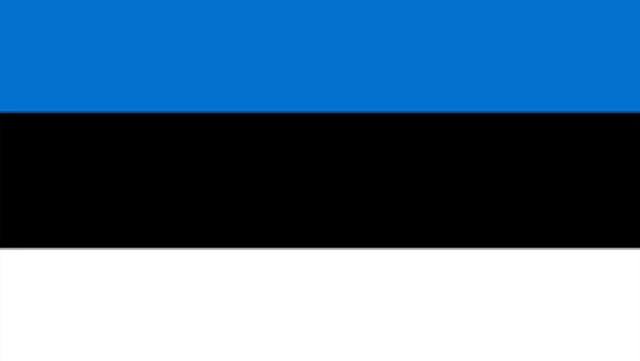
Country Sheet
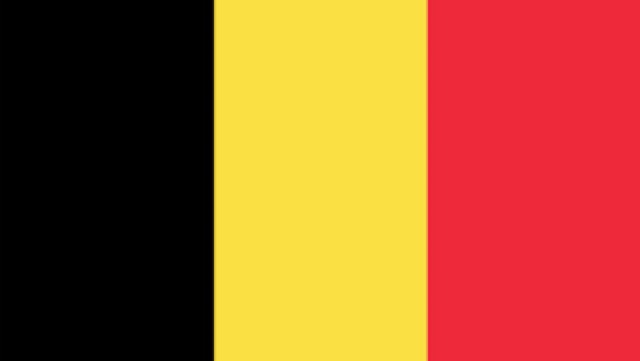
Country Sheet
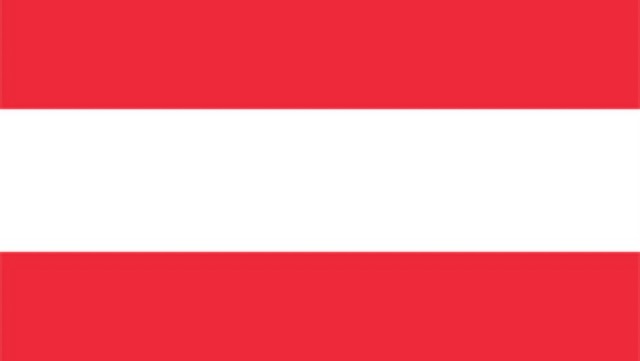
Country Sheet
